Devilbiss Hall
Introduction
Text-to-speech Audio
Images
Back of Devilbiss Hall, showing the greenhouse
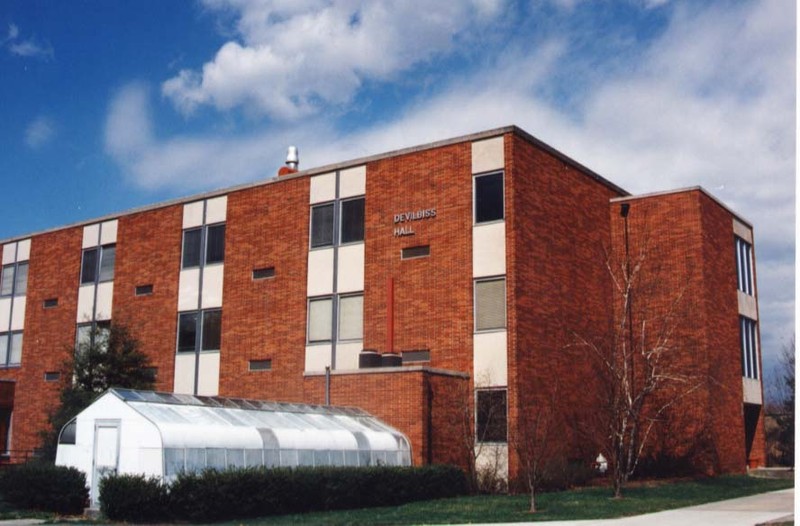
Front of Devilbiss Hall when it still housed the Richard A. Henson School of Science and Technology
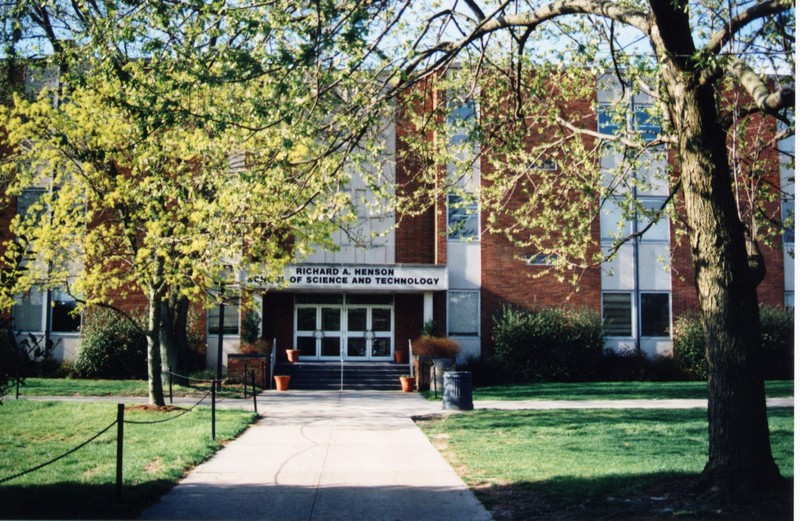
East end of Devilbiss Hall on Left and Entrance to Henson Hall on Right
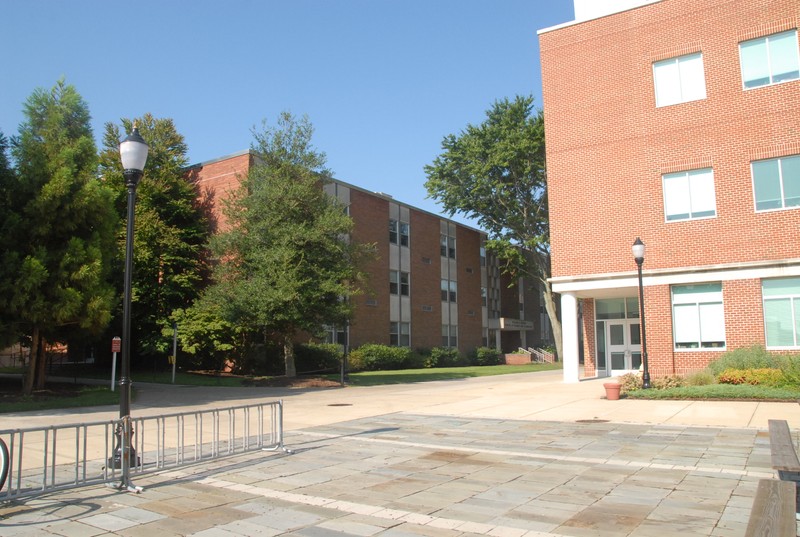
Science Lab inside Devilbiss, 1969
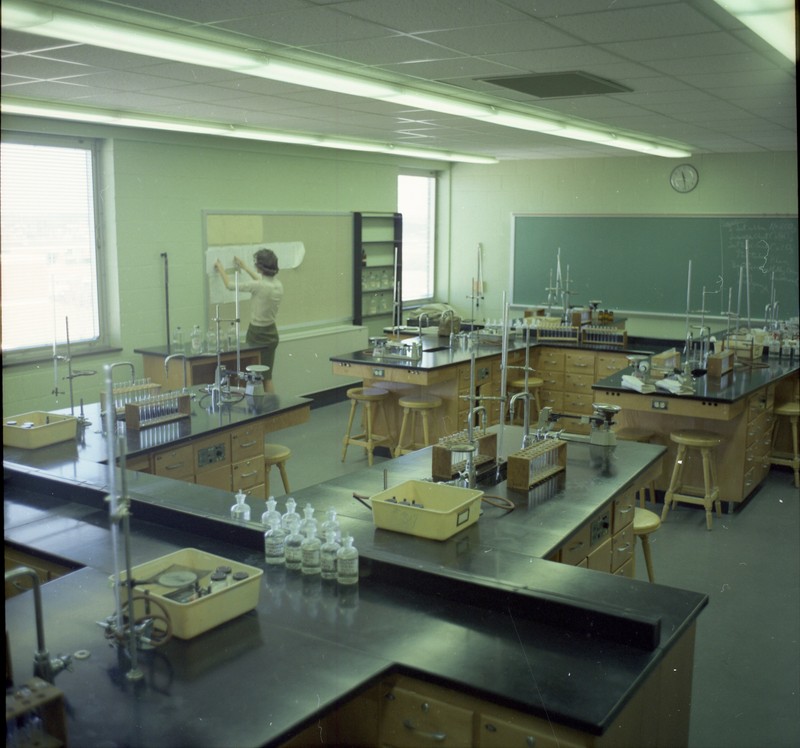
Devilbiss Exterior, 1969
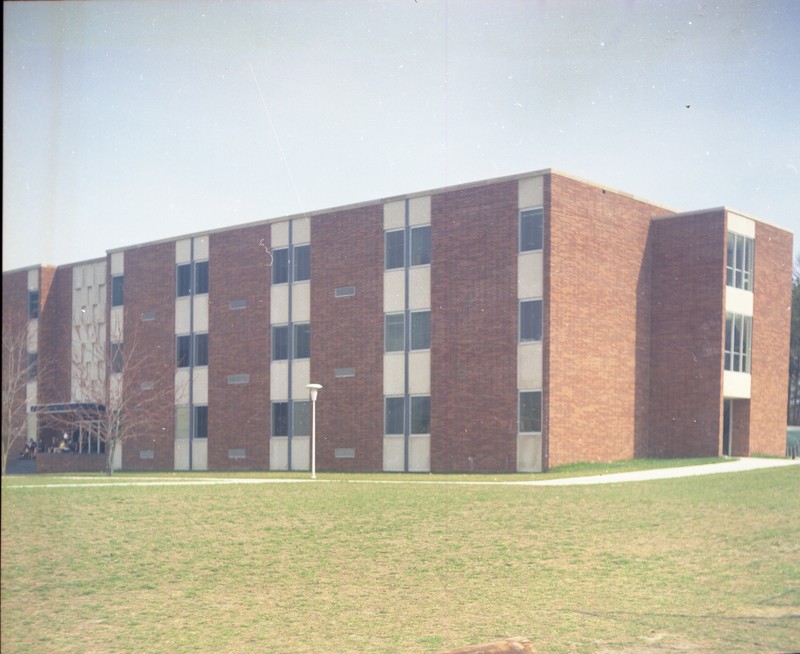
Classroom in Devilbiss, 1969
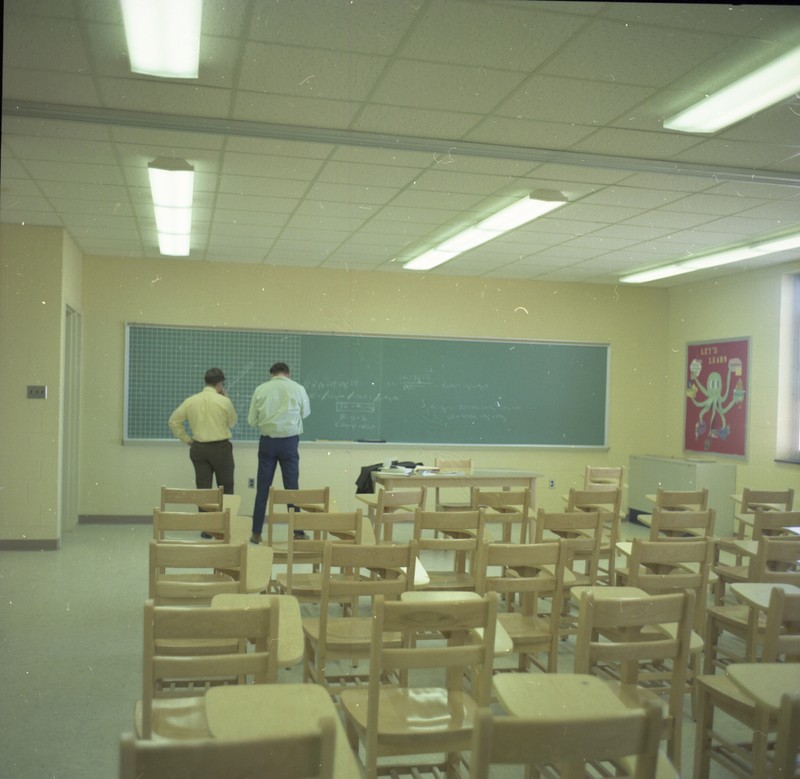
Hallway in Devilbiss, 1969
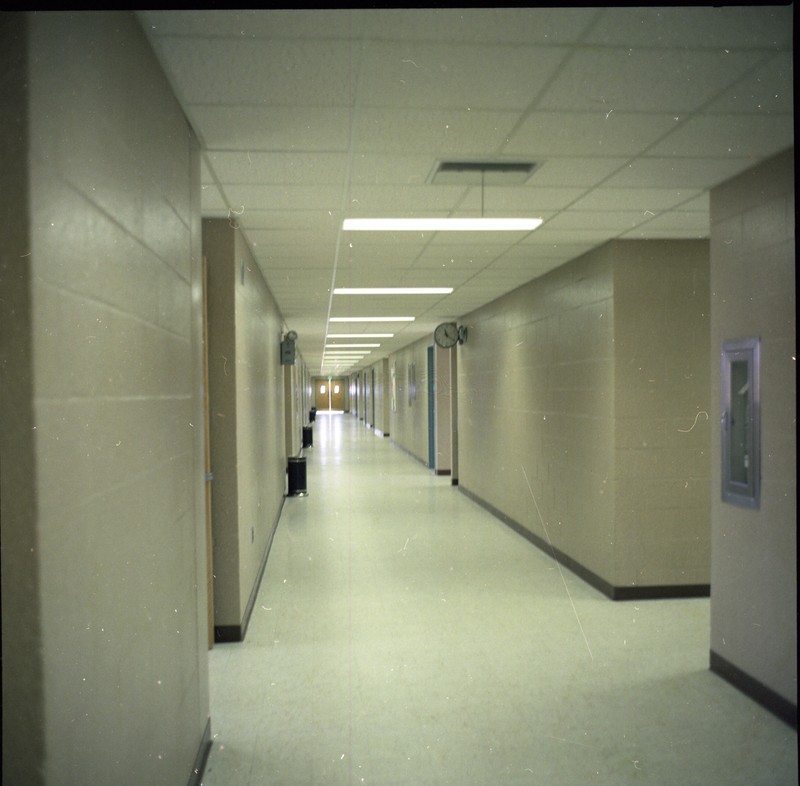
Backstory and Context
Text-to-speech Audio
In 1966, state funds were allocated for a science building at Salisbury State College, whose science department had overgrown its space in Holloway Hall. Construction began in October of the same year. The building was intended to be opened in September of 1967, but was delayed by a month due to material shortages from the Vietnam War. It was dedicated by Maryland Governor, and future United States Vice President, Spiro Agnew. In 1969, the science building was named after Dr. Wilbur Devilbiss, the College’s third president from 1955 to 1968.
Devilbiss Hall consists of three stories as well as a basement. The building originally housed twenty-four classrooms, eighteen laboratories, and offices for biological science, physical science, geography, mathematics, and language faculty. The building also had a theatre style lecture hall, language lab, and projection room. With seats for 183, the lecture hall is still routinely rented by student organizations for meetings and events. Devilbiss Hall also has a 2,000 square foot greenhouse on its south side, housing university horticulture projects. The building was instrumental in expanding Salisbury State College’s geography department. It also allowed the college to offer a major in chemistry.
Devilbiss Hall began a transition period in 1988 when aviation philanthropist Richard A. Henson endowed Salisbury University’s School of Science and Technology for $2.5 million. The school was renamed after him. Devilbiss Hall briefly took on this label, with the new name installed over the entrance. In 1990, plans were recommended to remodel Devilbiss Hall to further accommodate the Richard A. Henson School of Science and Technology. However, plans soon transitioned to building a new science hall all together. In 2000, ground was broken on a new Henson Science Hall, with its dedication taking place in 2002. The Richard A. Henson School of Science and Technology was moved to the new building.
Devilbiss Hall is currently home to Salisbury University’s College of Health and Human Services. Its number of classrooms and laboratories have been decreased to seventeen and nine, respectively. However, the building's classrooms are used by professors from a variety of departments, and it continues to house the offices of Mathematics professors.
Cite This Entry
Jennifer Piegols on behalf of Edward H. Nabb Research Center for Delmarva History and Culture. "Devilbiss Hall." Clio: Your Guide to History. October 13, 2020. Accessed April 1, 2025. https://theclio.com/tour/1588/10
Sources
Bradley, Sylvia . Salisbury: From Normal School to University 1925 - 2001. Salisbury, Maryland. Salisbury University Press, 2002.
"Campus Construction." The Holly Leaf (Salisbury ) October 21st 1966.
"Expanded Summer Orientation Held." The Holly Leaf (Salisbury) September 1st 1969.
"Expanding Curriculum Brings Added Planning." The Holly Leaf (Salisbury) January 24th 1967. .
"Geography Department Expands." The Holly Leaf (Salisbury) December 12th 1967.
"Growth is the Keynote of College's 40th Anniversary ." The Holly Leaf (Salisbury) September 15th 1966.
"New Science Building Opens." The Holly Leaf (Salisbury) October 9th 1967.
Salisbury University. About Our Facilities, Salisbury University. Accessed May 28th 2020. https://www.salisbury.edu/discover-su/campus-map/about-salisbury-facilities.aspx.
Nabb Research Center, SUA-031
Nabb Research Center, SUA-031
Nabb Research Center, SUA-031
Nabb Research Center, SUA-032
Nabb Research Center, SUA-032
Nabb Research Center, SUA-032
Nabb Research Center, SUA-032

